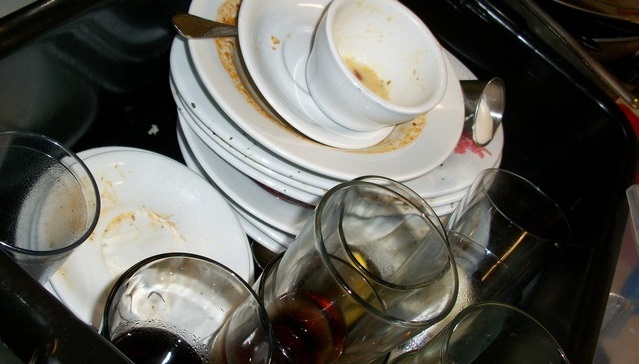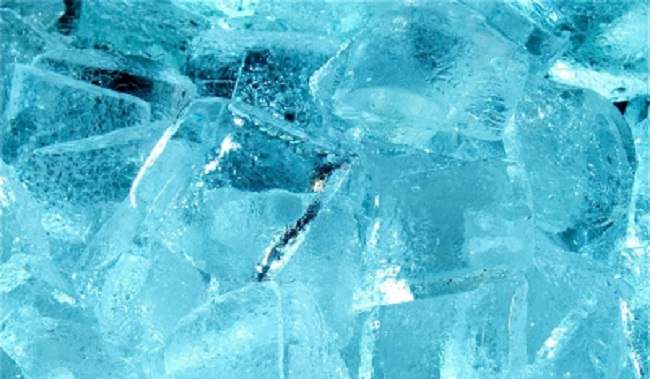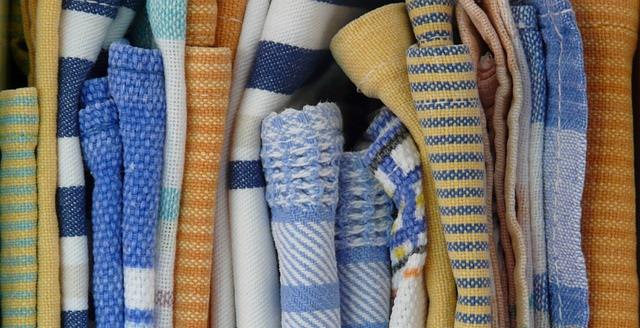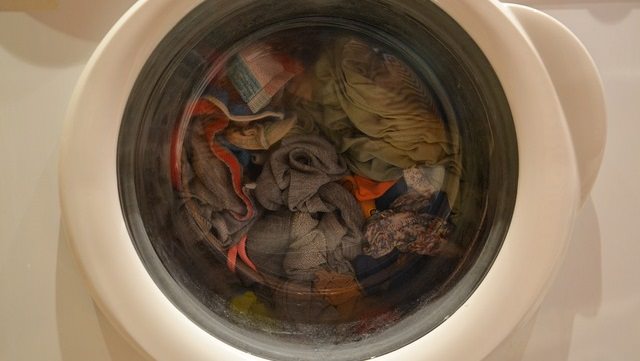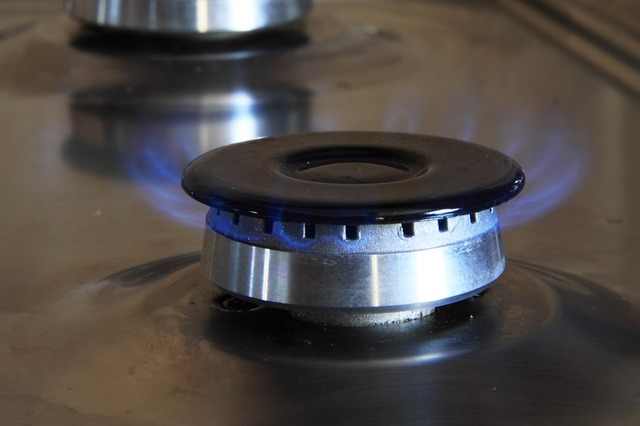The washing machine, the fridge, the dishwasher - these are the home appliances that make our lives that much easier. But when one of them breaks down or doesn't do its job, what do you do then? You could, of course, call a technician, but 80% of the time, the problem is small and can be fixed easily and for free.
Here are 7 common problems we have with our home appliances that we can easily fix ourselves.
My dishes aren't getting cleaned!
Possible problem: Your dishwasher is not getting enough hot water.
The most important tool a dishwasher has is hot water. To check for this problem, run the regular sink faucet on hot water and see how long it takes to start putting out hot water. If it takes a few minutes, those are minutes your dishwasher is filling up with nothing but cold water. Without hot water, the machine will have a hard time cleaning the greasy parts.
Possible problem: The filter is jammed
Make sure to also check the filter located (usually) on the floor of the dishwasher. If it's clogged with food stuffs then water will not easily flow to the spray arms. Clean the screen of the filter.
My food isn't getting cold!
Possible problem: Your fridge is overworked
Check the condenser coils of your refrigerator. You can usually find them down below the fridge (remove the kick plate). If they are covered in dust, debris or hair, it means the machine is overworked and uses too much energy, which also shortens its life span.
You should clean the coils on a yearly basis, which can be easily done with a vacuum cleaner. There are also special brushes designed to clean these coils, if the vacuum doesn't get the job done.
WARNING: Be sure to unplug the fridge before cleaning the coils.
Ice is building up on the bottom of my freezer!
Possible problem: The defrost drain is clogged.
A freezer runs through a defrost cycle in which the melted water runs through its drain and into a drip pan. If that drain is clogged, the water starts to pool at the bottom of the freezer, eventually turning into ice. If the freezer is on top of the fridge, you may see melted ice dripping into it. If it's a side-by-side unit, then it may just drip on the floor.
This problem can be solved by first taking out all the food stuffs from both fridge and freezer. Then, unplug the unit and allow it to thaw. Whatever is stuck in the drain should run out. If it doesn't, remove the back cover and use boiling water on the drain (you can use a turkey baster) in order to thaw it out. Squeeze water on the drain to clean it out completely and after that, the regular cycle of your freezer will return.
My clothes aren't getting dry!
Possible problem: You may have lint buildup in your dryer
It's a good idea to clean the filter of your dryer after EVERY use, say experts. You'll be amazed how quickly it can build up layers of sediment, and even do damage to your machine. A filter that has been clogged will reduce the airflow inside the dryer. Even if the filter looks clean, run some water over it. If the water pools on it without draining much through, clean it with a brush, soap and water.
Lint can also build up in the vent of the machine, which is a fire hazard, so clean the lint accumulated on the vent cover.
Remember, a dryer has to breathe!
There is a stink in my front-loading washing machine!
Possible problem: Mold or mildew is growing inside it.
Because the door of the washing machine must shut very, very tightly, the insides of it can remain damp and eventually allow mold to grow. Usually, this is especially apparent around the gasket that seals the door.
My recommendation is the following: Run the washing machine without any clothes inside on a clean or hot water cycle, using a special 'cleaner' tablet inside (ask at the local supermarket).
Alternatively, keep a towel handy and when you finish a load, wipe away the moisture that has built near and around the door seal, and leave the door open between washings to allow the moisture to evaporate before mold takes hold.
My gas burner won't light up!
Possible problem: Food is in the way
If you are trying to light up the burner but there is no flame, just the clicking sound of the igniter, there's a good chance you're either out of gas, or you've had a spill. A bit of food stuff in the wrong spot can completely prevent the burner from lighting up.
It doesn't take much to clog up a burner, so take a clean cloth and use a far dissolvent to thoroughly clean around the burner.
I actually have an electric stove, but it won't get hot!
Possible problem: This one you may need to replace.
Placing too much weight on top of an electrical burner, such as a heavy pot, can really damage it. You can push on the burner to verify that it indeed has a strong, solid connection with the top of the stove. If it's damaged and is a coil-type burner, you can simply replace the coils (they are designed to be removable).
If a new burner doesn't do the trick, call an electrician. Don't try to do anything else yourselves, as there is a high voltage running through this appliance.
Images courtesy of: Ambro, Antoine Henrich / freedigitalphotos.net

